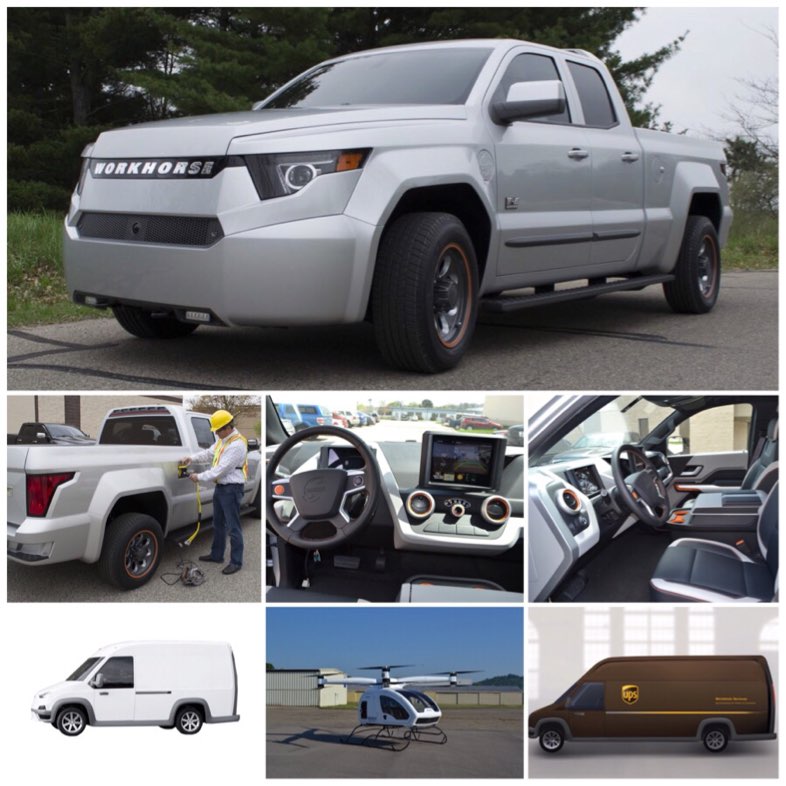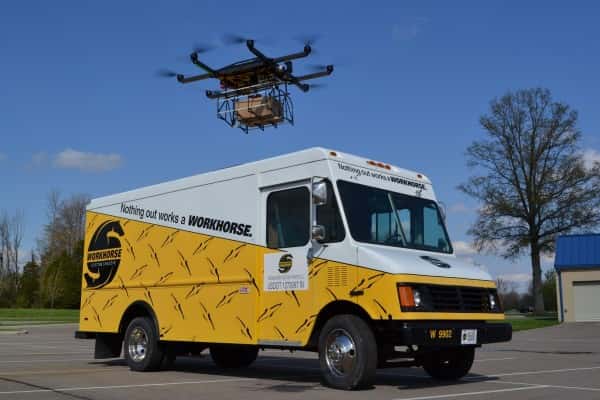
(The company says it’s cooperating with the probes.) Workhorse has to navigate all of this while massive players like General Motors and Ford and well-funded startups like Arrival and Rivian push into the commercial EV space. Workhorse confirmed this week that it’s under investigation from both the Securities and Exchange Commission and the Justice Department regarding allegations of fraud. Surviving, let alone leading, will be a challenge. “We’re taking the sometimes painful but necessary early steps to reshape our company to become a more focused and capable industry leader in the EV space,” Dauch said. The startup faces twin investigations by the SEC and DOJ And now he wants Workhorse to “pioneer the transition to zero emission commercial vehicles.” He even paved the roads at the Union City plant. He scuttled the company’s costly legal fight over the lost bid to build the next-generation mail truck for the US Postal Service. He recalled the unprofitable, non-compliant vehicles. He cleaned house at the leadership level. Even the factory in Union City, Indiana was surrounded by debris and unpaved roads, Dauch said Tuesday.īut now Dauch, who came from automotive supplier Delphi, has detailed a corporate exorcism he believes can save the struggling startup. It was building those vehicles with parts bought through online auctions and flown in from Asia, cementing their money-losing status. It was racing to ship electric delivery vehicles that we now know weren’t compliant with federal safety standards. Still, he said, “we are a real company and not a PowerPoint EV company,” as he guided investors through the presentation.ĭauch took over as CEO of Workhorse in July, at a time when the EV startup was in disarray. “If we can look each other in the eyes, and we can pass every single test, and we can make the modifications on the vehicles we’ve already built, and we can make those design changes on the next vehicles we build, then yes, we could probably do that, but we haven’t made that decision yet,” Dauch said. But even that’s only if Workhorse is able to fix the C-1000. He said Workhorse has enough supplies on hand to build “somewhere north of 500 vehicles” in 2022 before it would need to bring in any new raw material. “I’m pretty darn sure the C-1000 can’t meet those kind of stringent requirements.”ĭauch believes there’s a lot of room for large electric commercial vehicles like the ones Workhorse has been developing - and, in fact, he said Tuesday that he’s been working with his new executive team to draft a refreshed product roadmap - but its best bet in the near term may be to sell demonstration vehicles to these apparently eager buyers. The good news, Dauch said, is that prospective customers have told him they will take “every C-1000 can build in 2022 so they can start demonstrating to their teams and their customers in the field how an EV vehicle works versus an vehicle.” More bad news? Not only does Workhorse have to redesign its flagship C-1000 delivery vehicle, but Dauch also said it might not be possible to salvage the van as a mass-production product. “I’m pretty darn sure the C-1000 can’t meet those kind of stringent requirements. “As I’ve talked to the big customers at UPS, FedEx, others, they expect to have these trucks last 15 to 20 years and go 15 to 20,000 miles a year and carry up to seven or 8,000 pounds of payload,” CEO Rick Dauch said during a revealing conference call about the company’s third-quarter financial results.

In other words, Workhorse’s EV isn’t a workhorse. (The company then filed a lawsuit against Oshkosh, arguing that the firm made false promises about its ability to build an electric vehicle, but abruptly dropped the claim last week.The new CEO of struggling EV startup Workhorse admitted Tuesday that he’s not sure the company’s C-1000 electric van can stand up to the kind of punishing work required by delivery companies.

Workhorse’s stock-which had inflated from under $2 to over $40 on hopes of winning the Postal Service’s business-plunged nearly 50% after the loss.

Earlier this year, it lost a bid for a monster deal worth $6 billion with the United States Postal Service, when the courier instead awarded a contract for 165,000 new mail trucks to defense contractor Oshkosh. Unfortunately, Workhorse is no stranger to bad news-or stock plummets-as the company has ridden down a rough road in recent months. Workhorse’s stock sank more than 10% following the news, and is sitting at a dip of around 9% as of midday Wednesday.
#WORKHORSE NEWS UPDATE#
( Fast Company has reached out to Workhorse for further comment, and will update if we hear back.) On top of the safety evaluation, Workhorse said it’s redesigning aspects of the vehicle to increase payload capacity, which was requested through customer feedback. According to the company, it expects the testing to be completed by the fourth quarter.


 0 kommentar(er)
0 kommentar(er)
